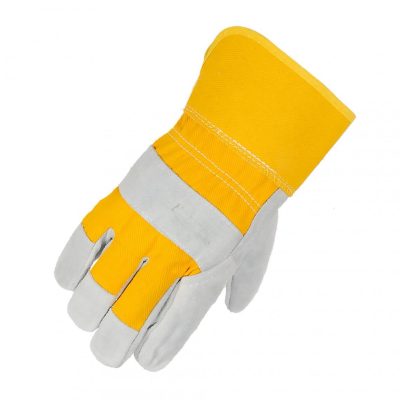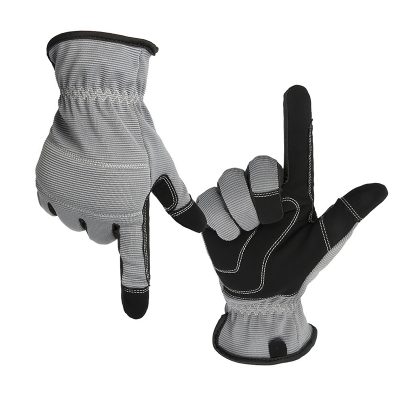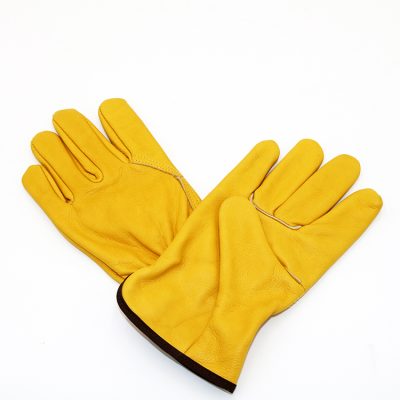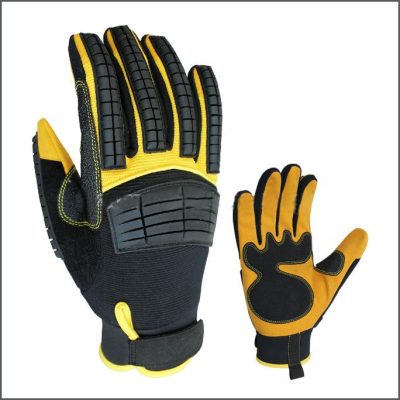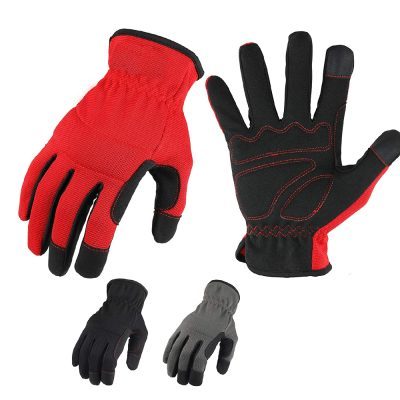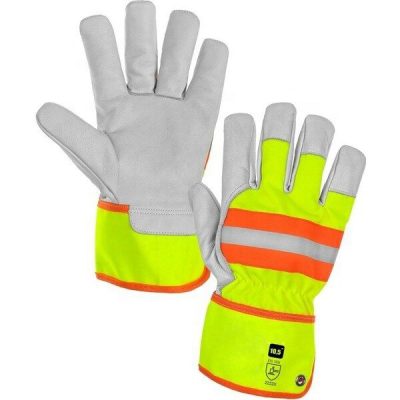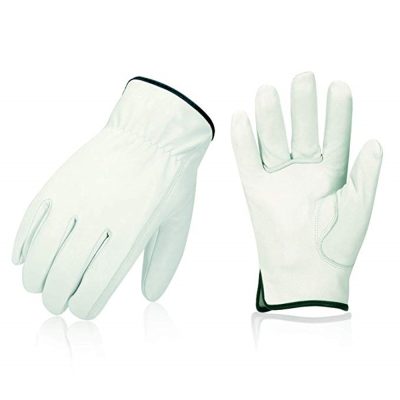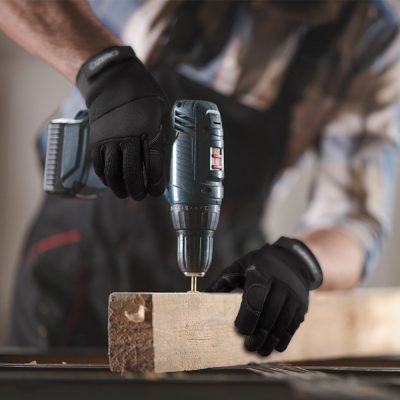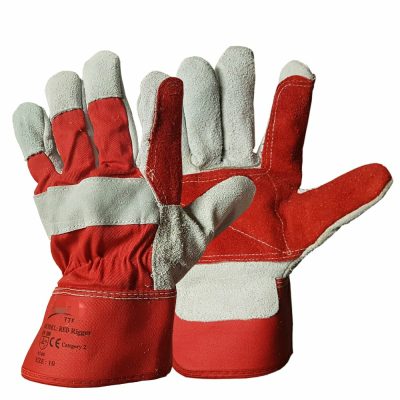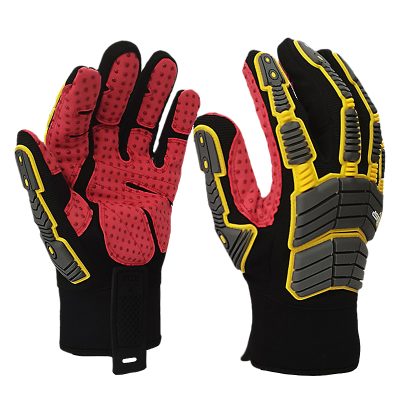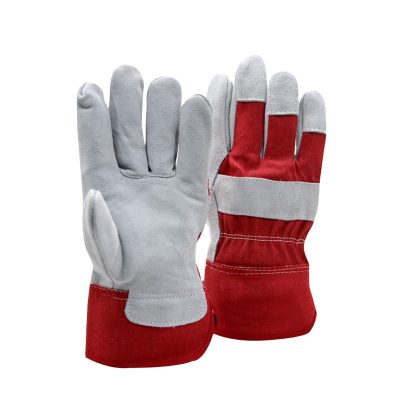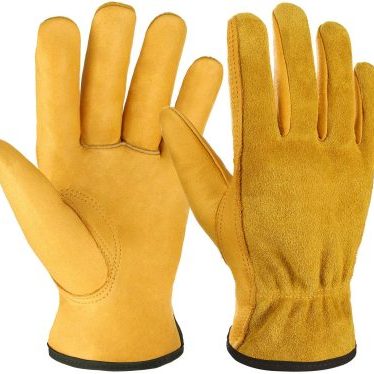Full or top grain leather comes from the external side of the hide. It is typically smooth, but can be lightly sanded or processed after tanning to feel like suede or velvet. The area where the hide is cut determines durability:
Leather cut from the sides and shoulder of the animal offers the greatest durability.
Belly and neck cuts are less durable, and are often used for “economy grade” gloves and trims.
Split leather or suede comes from the underside of the hide. This leather has no natural grain and is not as strong as grain leather. The area from which the glove is cut determines durability and dexterity:
Belly split leather is the most economical, but it is not consistent in texture or appearance. It is the least durable.
Shoulder split leather is economical, but less durable than side split leather because the additional movement in the shoulder area creates less dense fibers and more visible differences in texture.
Side split comes from the rib area. It is very durable and consistent with dense fibers. Of split leathers, this is the best quality.












